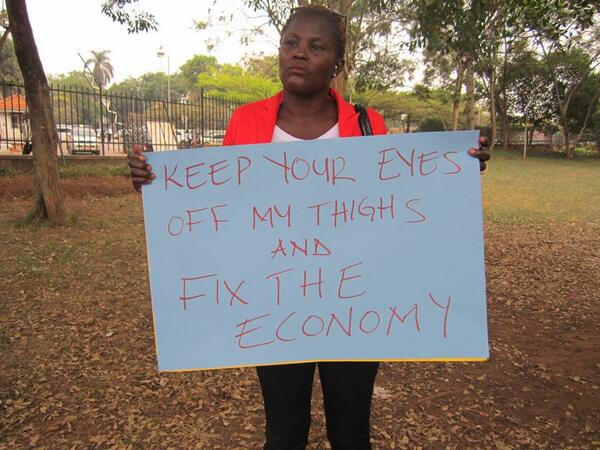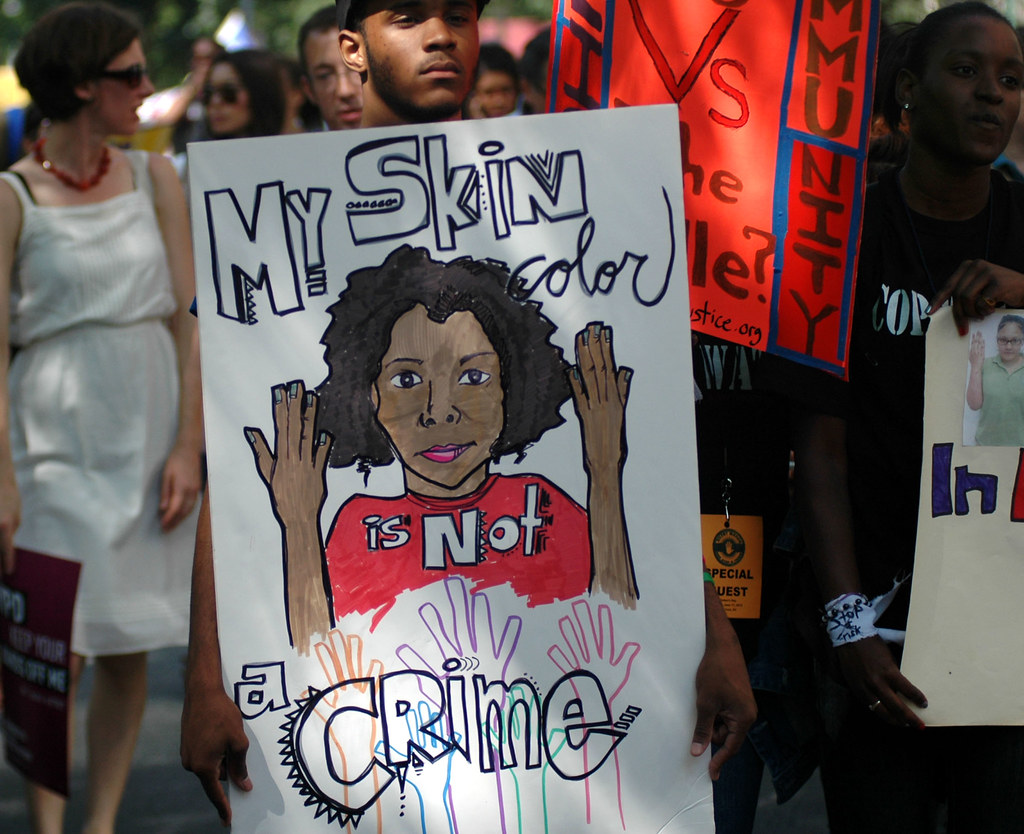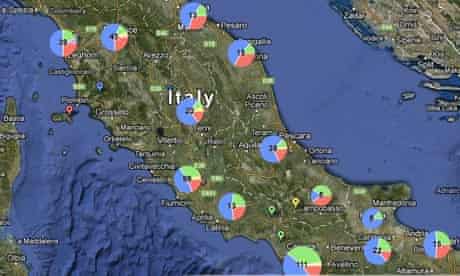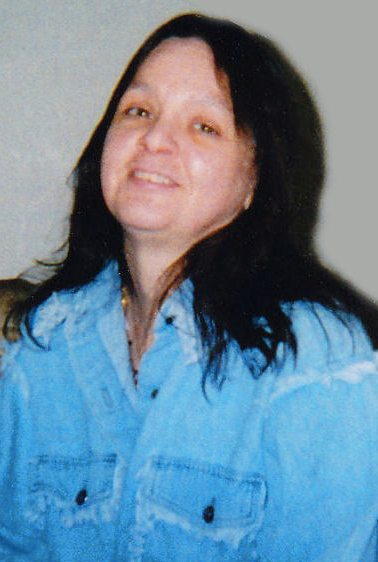
Booz & Co, now known as Strategy&. recently released a report, “Empowering the Third Billion: Women and the World of Work in 2012.” The Third Billion is women. According to the company website, the Third Billion was `born’ in 2010, when the corporate business world `discovered’ women.
On one hand, the report is welcome. It shows that if government and business acted with even a modicum of common sense, women could enter more fully and fulsomely, and most importantly equally, into labor markets. The kicker is that women’s engagement would necessarily raise national GDP’s, and quickly. The United States would rise by 5%, Egypt by 34%.
Other `discoveries’ include women’s greater involvement in care work prevents them from `productive’ activities. If care work were more evenly shared between and among genders, GDP would rise. If care workers were paid actual living wages, GDP would rise as well, but that’s not in the report.
Here’s something else that’s not in the report. Prison. In particular, the section on the United States forgets to mention that for the last few decades, women have been the fastest growing prison population in the country. The report talks at length about “female talent”, “workforce and entrepreneurial landscapes”, and “family responsibilities.” It suggests the importance of both government and the private sector finding ways to “boost women’s entrepreneurship”. One way would be to stop sending so many women to prison. Another way would be to release, immediately, something like 90% of the women behind bars. Most of them are in for minor, non-violent infractions. In fact, most are in prison precisely because of their entrepreneurial talents and the ways in which the real markets are structured against them.
So, if you really want to `empower’ the U.S. portion of the “Third Billion”, Mr. President, Mr. State Governor, Mr. Mayor, Mr. Corporate Executive (and yes, in the United States, most are still Mr.), tear down these walls.
(Photo Credit: Prison Photography / Fabio Cuttica)







